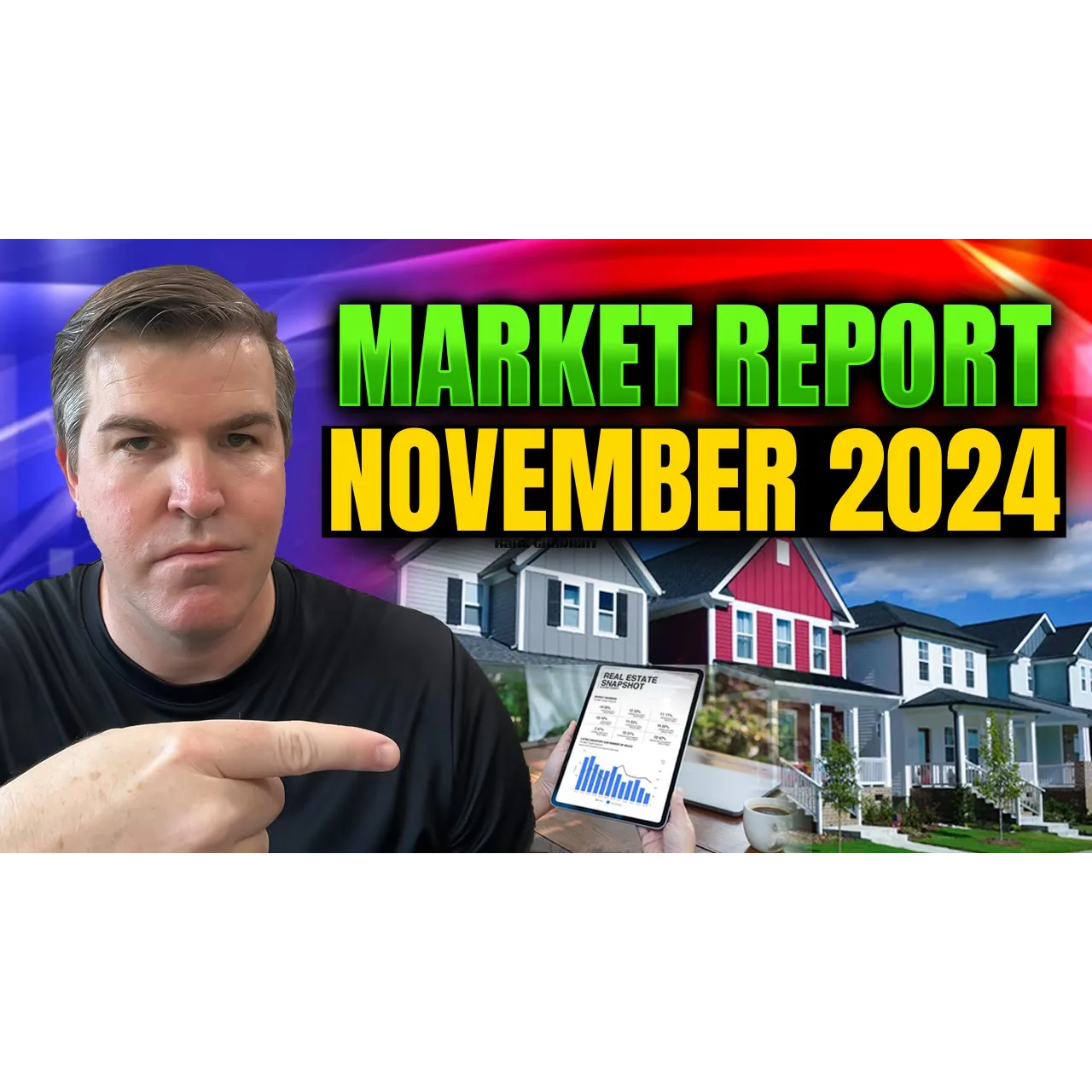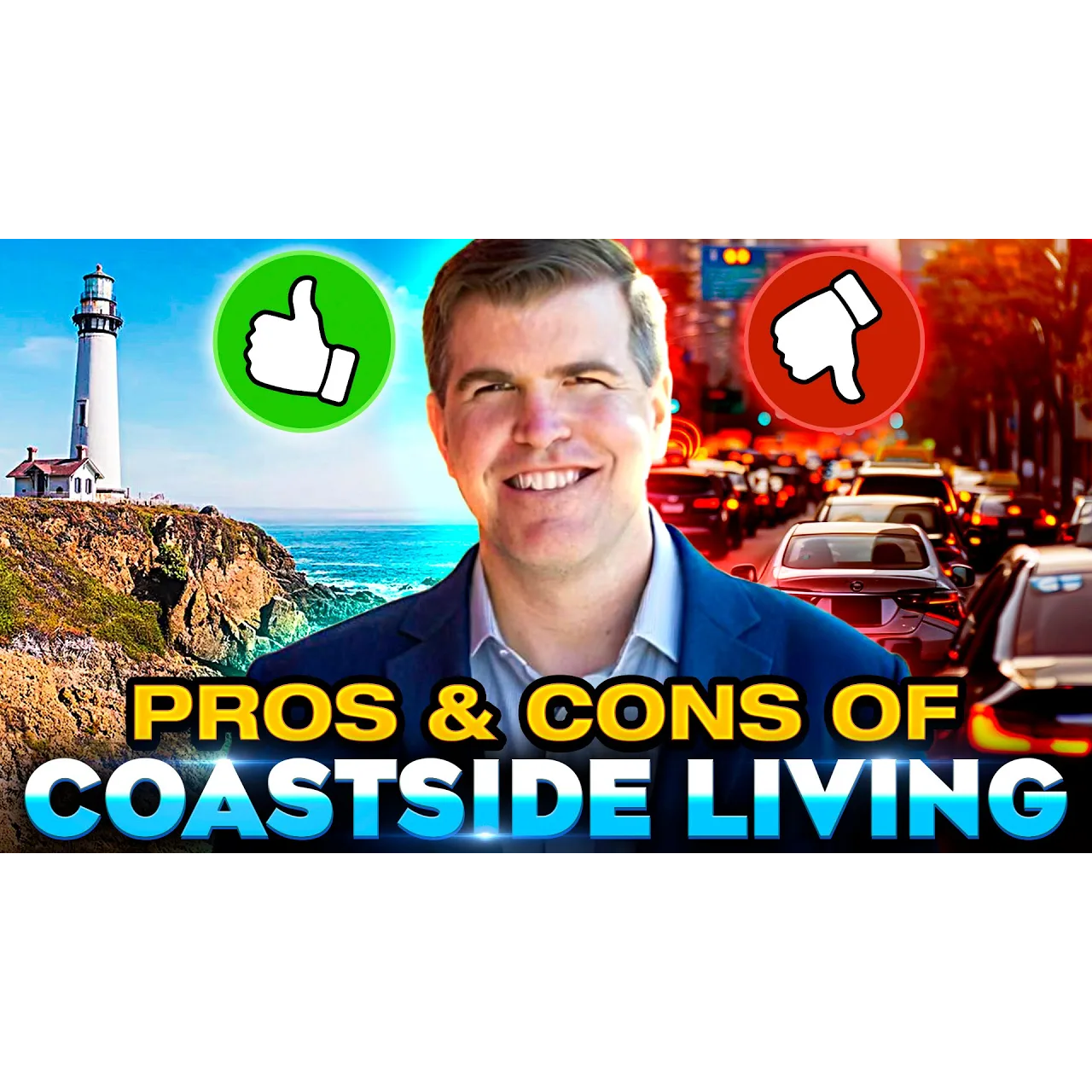

Bay Area Housing Market Update - November 2024
Bay Area Housing Market Update - November 2024 Hi everyone, this is Sean Engmann with your housing market report for November. The elections are in the rearview mirror and though most people have been focusing on the presidential election, there were a number of key state and local chan
Read More

Pros & Cons: Living on the Half Moon Bay Coastside
The San Mateo county Coastside is a part of the Bay Area that has been largely undiscovered by many people locally. Today, I’m going to tell you about the pros and cons of living on the Coastside. I’m Sean Engmann a Realtor with eXp Realty based on the Coastside in Half Moon Bay. As I am a tr
Read More

Buying and Selling at the Same Time
Buying and Selling at the Same Time For today’s real estate tip we’re discussing buying and selling a home at the same time, which can be especially challenging if you need a mortgage on your new home and also need funds from the sale of your current home for a down payment. Having the
Read More
Recent Posts











